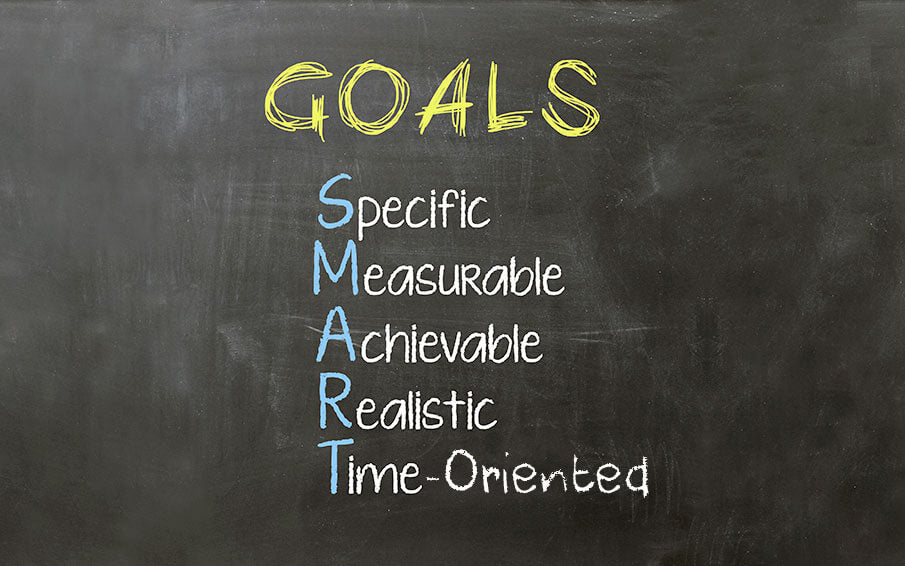Your Cart is Empty

Setting Goals for the New Year
2 min read
The New Year is upon us, and if you are reading this you have officially made it to the 2022! If you are like most people, you are more than likely going to be setting goals for a healthier year, I am here to help assist you in setting these goals so that they are more feasible. When setting feasible goals for myself and for my clients, I like to use the mnemonic SMART, and often attempt to set SMART goals.
What is a SMART goal?
Specific
Measurable
Attainable
Realistic
Time-Oriented
Here is an example of what a quality SMART goal looks like:
Client — “My overall goal is to lose some weight”
To help them achieve this goal, I would then ask them how much weight would you like to lose (Specific). I would then assist them in setting an attainable and realistic goal by stating what my recommendation would be and to not attempt to lose any more than 2lbs of weight per week. Any more than that can result in undesirable effects. A solid recommendation would be to lose about 1lb per week.
They will be able to monitor (Measure) their weight loss with a typical bathroom floor scale. The goal should also be within a specific time period.
Example: Client wants to lose 25 pounds this year. If he or she wants to achieve this goal in an attainable and realistic manner, they should take around 25 weeks.
Specific: Lose 25 lbs.
Measurable: Weigh-in on a bathroom scale
Attainable: Lose 1 lb per wee
Realistic: Not more than 2 lbs a week which can result in undesirable effects.
Time-Oriented: 25 week timeframe
You can see how a general weight loss goal has now been broken down into a SMART goal. Use this example and start creating the goals you need to achieve the results you want in 2022!
Cheers to a great year!
Dan Marver
Owner, All Star Nutrition/Total Nutrition
Subscribe
Sign up to get the latest on sales, new releases and more …
